| Structure | Name/CAS No. | Articles |
|---|---|---|
 |
sucrose
CAS:57-50-1 |
|
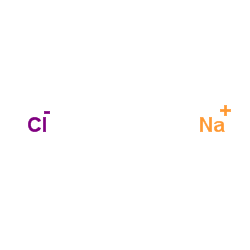 |
sodium chloride
CAS:7647-14-5 |
|
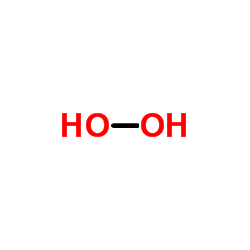 |
Hydrogen peroxide
CAS:7722-84-1 |
|
 |
Methanol
CAS:67-56-1 |
|
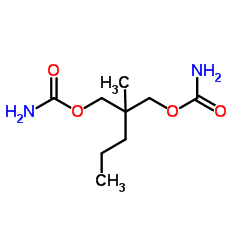 |
meprobamate
CAS:57-53-4 |
|
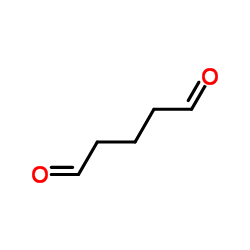 |
glutaraldehyde
CAS:111-30-8 |
|
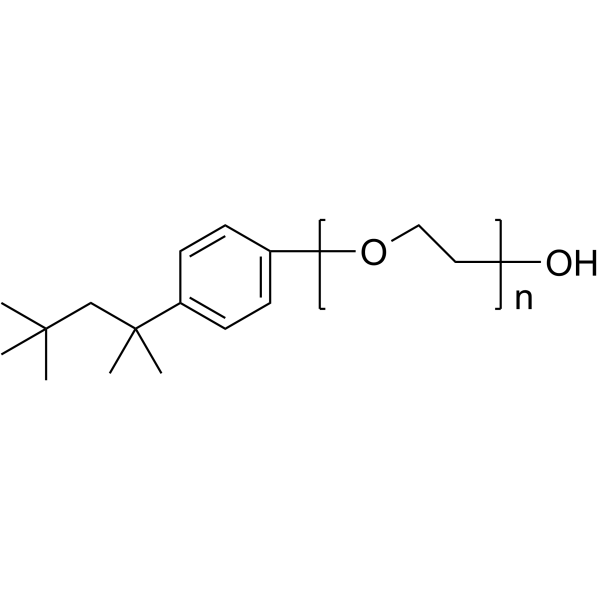 |
Triton X-100
CAS:9002-93-1 |
|
 |
SODIUM CHLORIDE-35 CL
CAS:20510-55-8 |
|
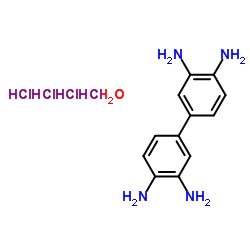 |
3,3'-Diaminobenzidine tetrahydrochloride hydrate
CAS:868272-85-9 |